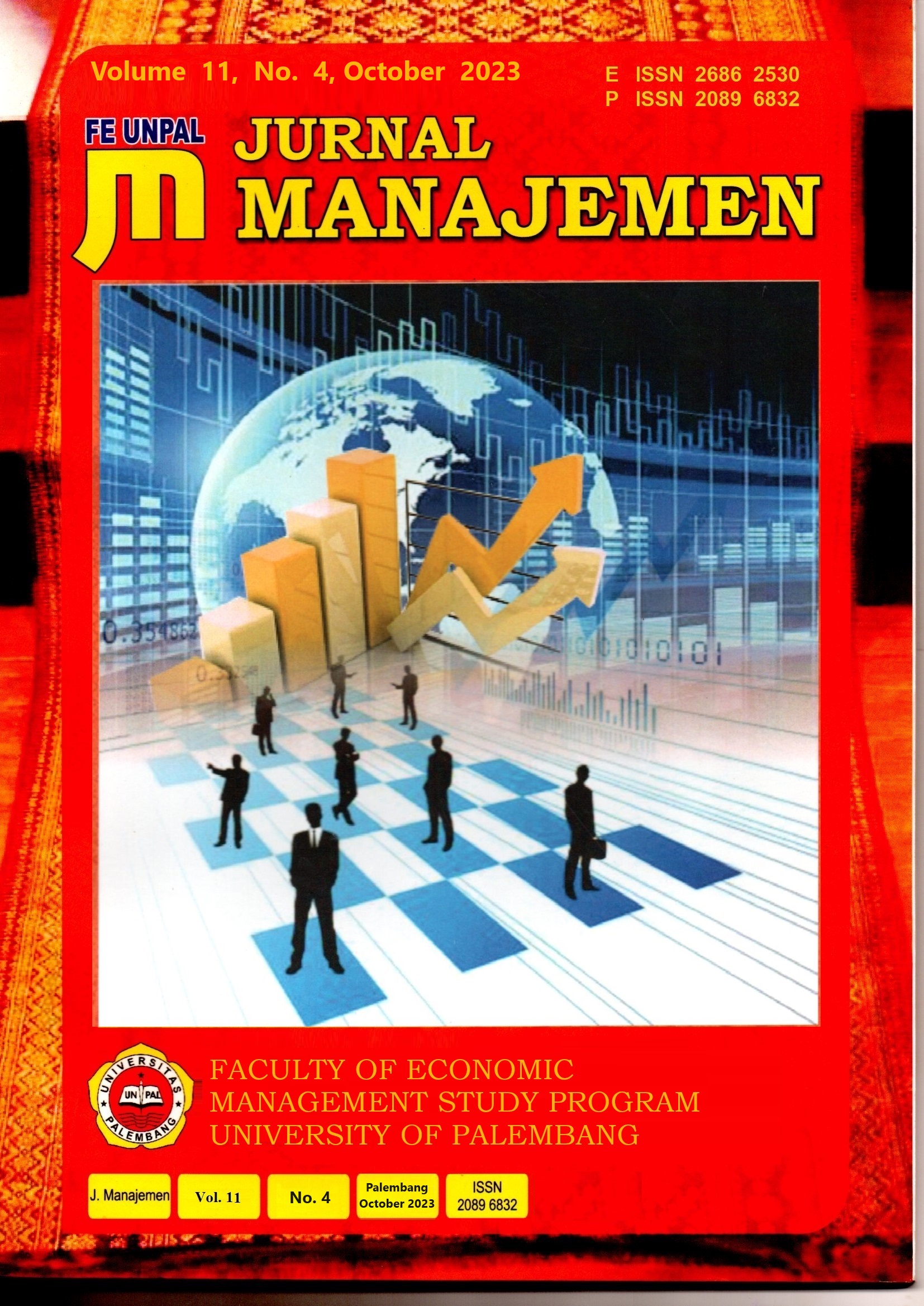ANALYSIS OF FINANCIAL REPORTS TO ASSESS THE FINANCIAL PERFORMANCE OF THE KARYA MANDIRI UTAMA COOPERATIVE FOR THE 2016 – 2020 PERIOD
Abstract
Karya Mandiri Utama Cooperative is a savings and loan cooperative consisting of factory employees located in the KIIC, KIM, SURYA CIPTA, PERUM PERURI and PINDODELI areas. The purpose of this study is to determine the level of movement and fulfillment of financial performance standards, as well as the level of cooperative health based on liquidity ratios, solvency ratios and profitability ratios during the period 2016 to 2020. This study used a descriptive method with secondary data taken from the 2020 internship report. Data analysis techniques use the financial ratio method, namely liquidity ratios consisting of current ratios and cash ratios, solvency ratios consisting of debt to equity ratios and debt to asset ratios, and profitability ratios consisting of economic profitability and own capital profitability. The results of data analysis are known that with the financial statements, the cooperative can be reviewed for failure or success. To find out the financial performance of cooperatives, we can see the results of the liquidity ratio based on the calculation of the current ratio are in the very healthy criteria because the average ratio is 141%, the cash ratio is in the unhealthy criteria because the average ratio is 15%, the solvency ratio based on the calculation of the debt to equity ratio is in the unhealthy criteria because the average ratio is 110%, the ratio of debt to assets is in the unhealthy criteria because the average The ratio is 121% while the profitability ratio based on the calculation of economic profitability is in the unhealthy criteria because the average ratio is 5%, the profitability of own capital is in the very healthy criteria because the average ratio is 11%. From the results of the study, it was suggested that cooperatives need to improve their performance in order to survive in the future. In addition, cooperatives must have an analysis of their members in order to minimize the presence of bad loans that cause disruption to cooperative operations.


.png)








